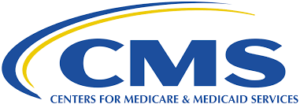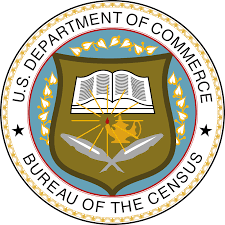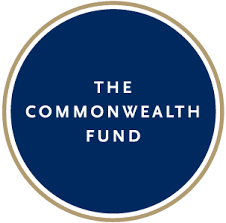CMS Adopts Methodology for Medicaid DSH Cuts
Medicaid DSH money will be allocated among states based on a new methodology under a regulation adopted this week by the Centers for Medicare & Medicaid Services.
But it is not clear when that new methodology may actually be used.
 Cuts in Medicaid disproportionate share hospital (Medicaid DSH) allotments to states were mandated by the Affordable Care Act based on the expectation that the law would greatly reduced the number of uninsured Americans. While this has been the case, the decline in the number of uninsured has not been as great as expected. For this reason, Congress has on several occasions delayed the required Medicaid DSH cut.
Cuts in Medicaid disproportionate share hospital (Medicaid DSH) allotments to states were mandated by the Affordable Care Act based on the expectation that the law would greatly reduced the number of uninsured Americans. While this has been the case, the decline in the number of uninsured has not been as great as expected. For this reason, Congress has on several occasions delayed the required Medicaid DSH cut.
That cut is now scheduled to take effect next week, on October 1, but a continuing resolution to fund the federal government, passed last week by the House and now under consideration by the Senate, would delay that cut again – at least until November 22.
Should the cut be implemented, Pennsylvania would lose 40 percent of its Medicaid DSH allotment from the federal government in FY alone and that cut would rise to 80 percent a year from FY 2021 through FY 2025. Pennsylvania safety-net hospitals view Medicaid DSH as an important part of their effort to care for the uninsured and underinsured residents of the low-income communities in which they are located.
Learn more about the new regulation governing the future allotments of Medicaid DSH money to the states and the prospects for Medicaid DSH allocation cuts being made anytime soon in the Healthcare Dive article “CMS finalizes Medicaid DSH cuts, but Congress could still delay” and see the regulation itself here.
 According to SNAP,
According to SNAP, The proposal will be considered by the Senate Health and Human Services Committee.
The proposal will be considered by the Senate Health and Human Services Committee. In addition, another two million people would be eligible for Medicaid if their states expanded their Medicaid program as authorized by the Affordable Care Act.
In addition, another two million people would be eligible for Medicaid if their states expanded their Medicaid program as authorized by the Affordable Care Act. According to a new Commonwealth Fund analysis,
According to a new Commonwealth Fund analysis, The new Department of Homeland Security regulation, while focused on applicants for entry into the U.S., could have the unintended effect of discouraging legal immigrants from enrolling in Medicaid, CHIP, and other government programs and even lead them to disenroll from such programs out of a mistaken concern that participating in such programs could jeopardize their status as legal immigrants. The Kaiser Family Foundation, in fact, estimates that two to three million people will leave Medicaid and CHIP because of the new regulation.
The new Department of Homeland Security regulation, while focused on applicants for entry into the U.S., could have the unintended effect of discouraging legal immigrants from enrolling in Medicaid, CHIP, and other government programs and even lead them to disenroll from such programs out of a mistaken concern that participating in such programs could jeopardize their status as legal immigrants. The Kaiser Family Foundation, in fact, estimates that two to three million people will leave Medicaid and CHIP because of the new regulation. The decline results, according to the news release, from a combination of prevention, rescue, and treatment. These and efforts, including the distribution of free naloxone, a drug that helps rescue those who have overdosed on some drugs, have been funded in part by a grant from the U.S. Substance Abuse and Mental Health Services Administration and Pennsylvania’s own Substance Use Disorder Loan Repayment Program, which assists health care professionals who work in the behavioral health field with the cost of their education.
The decline results, according to the news release, from a combination of prevention, rescue, and treatment. These and efforts, including the distribution of free naloxone, a drug that helps rescue those who have overdosed on some drugs, have been funded in part by a grant from the U.S. Substance Abuse and Mental Health Services Administration and Pennsylvania’s own Substance Use Disorder Loan Repayment Program, which assists health care professionals who work in the behavioral health field with the cost of their education. The report details individual hospital performance on these procedures, including in-hospital mortality, complications, and extended post-operative length of stay. In addition, it breaks down hospital performance for all of these measures and all of these procedures based on patient age, income, gender, geographic location, and race and ethnicity.
The report details individual hospital performance on these procedures, including in-hospital mortality, complications, and extended post-operative length of stay. In addition, it breaks down hospital performance for all of these measures and all of these procedures based on patient age, income, gender, geographic location, and race and ethnicity. The new requirements apply both to Medicaid fee for service and managed care programs and all of these steps must be completed by the end of calendar year 2019.
The new requirements apply both to Medicaid fee for service and managed care programs and all of these steps must be completed by the end of calendar year 2019.